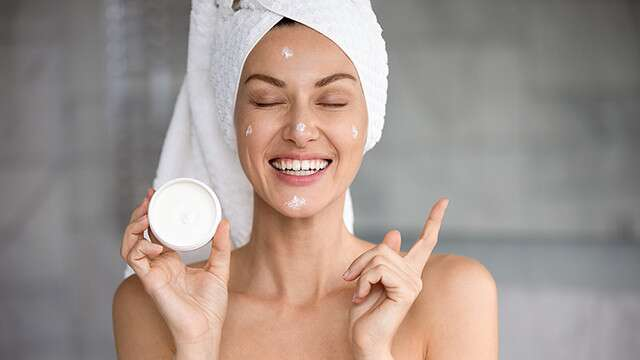As children grow into their teen years, their skincare needs change along with their bodies. For parents and foster carers, keeping up with proper skincare can be challenging amidst all the other changes happening during the tween and teen years.
Having an understanding of what skincare tweens need as they become teens can help guide both teens and their caregivers.
The Tween Years – A Time of Transition

The tween years, ages 10-12, are a time of transition. Puberty brings about increased oil production, leading to more acne and blackheads. Girls may start menstruating during this time as well.
With the onset of puberty, it’s important to start talking to tweens about proper hygiene and skincare habits. Provide education about the changes their bodies are undergoing and why taking care of their skin is important.
Start a Simple Routine
The tween years are a good time to establish a simple, consistent skincare routine. Having a standard routine makes it an easier habit to maintain as they get older. Focus on the basics:
- Cleansing – Pick a gentle cleanser and encourage washing the face morning and night. This keeps pores clear and removes excess oil, sweat, and dirt.
- Moisturising – Use an oil-free or light moisturiser suitable for the face after cleansing morning and night. This prevents dryness and replenishes the skin.
- Sunscreen – Apply sunscreen with at least SPF 30 every morning. Protecting skin from sun damage is crucial at this age when most sun damage occurs.
- Spot Treatment – Have an acne spot treatment available for the occasional pimples and breakouts that may happen. Use sparingly only on problem areas.
Maintaining consistent cleansing, moisturising, sun protection, and spot treatment establishes a foundation for good skincare habits.
The Teen Years – Prevention and Management
As tweens become teens, their skincare needs increase. Hormone changes lead to more oil production, acne outbreaks, and new skin issues like eczema.
Teens need skincare that prevents and manages these concerns. Foster carers can use their foster care allowances to cover the cost of specific skincare products.
Acne Prevention and Treatment
Acne is most common in the teen years. To help prevent breakouts:
- Continue regular cleansing morning and night to keep pores clear. Use products labelled non-comedogenic or oil-free.
- Exfoliate 2-3 times a week to remove dead skin cells and excess oil. Try gentle scrubs or acid exfoliators like salicylic acid.
- Shampoo regularly and keep hair off the face to prevent dirt and oil buildup leading to acne.
If breakouts occur, treat them early:
- Use acne spot treatments with benzoyl peroxide or salicylic acid on affected areas.
- See a dermatologist for prescription creams if over-the-counter options aren’t working.
- Do not pick or pop pimples, as this can cause scarring.
Moisturising for Changing Skin

Acne products can dry out the skin, so continue using an oil-free moisturiser. Look for hydrating ingredients like hyaluronic acid. If skin becomes very dry or eczema develops, use thicker creams made for extremely dry skin.
SPF Always
Sun protection remains critical in the teen years as skin damage accumulates over time. Use a face moisturiser or foundation with SPF 30 or higher daily.
Caring for teen skin can feel difficult amidst all the changes happening during adolescence. Having the right skincare routine and products makes a big difference in managing issues like acne.
For parents and foster carers, providing teens with skincare education and supplies supports their journey to adulthood. With some guidance, teens can learn to make skincare a healthy lifelong habit.

Jean Smith is a fitness enthusiast and blogger who focuses on fitness and a healthy lifestyle. She is passionate about assisting people in living healthier lifestyles and is constantly on the lookout for new and creative methods to stay fit and healthy. Her articles are excellent resources for anyone interested in improving their health and fitness.
